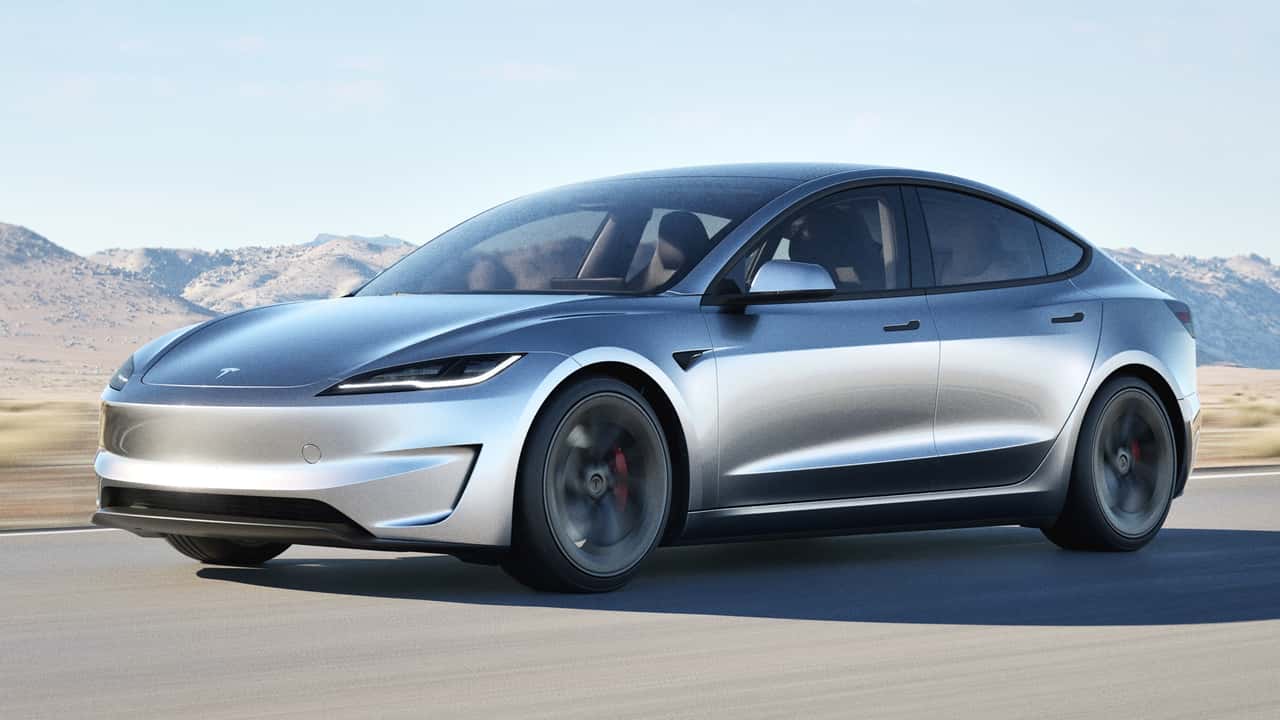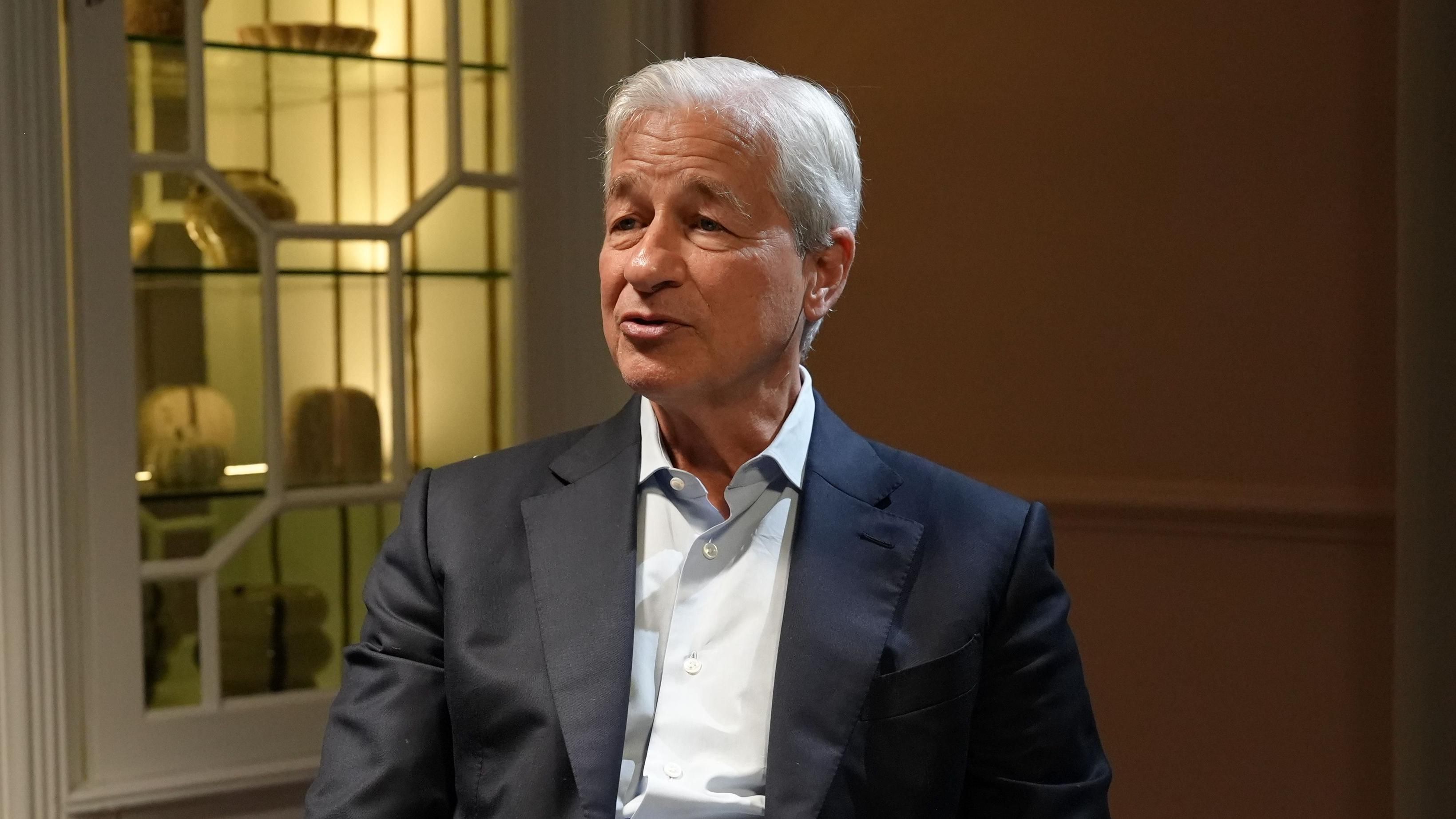The physical retail environment is experiencing swift changes, influenced by a blend of technological advancements, changing consumer demands, and broad economic changes. In the current era, traditional storefronts must move beyond outdated business models and conventional customer service methods. Numerous important trends are not only influencing the industry—they are fundamentally altering the way physical retail functions, attracts customers, and competes in an increasingly digital market.
Omnichannel Integration: Merging Online with Offline Experiences
One prominent change-maker in the physical retail sector is the vigorous adoption of omnichannel approaches. Retail companies now understand that customers demand seamless, uniform experiences across all channels. This involves achieving coherence between brick-and-mortar stores, online shopping platforms, mobile apps, and even social commerce.
For example, large retailers such as Target and Walmart have heavily invested in buy online, pick up in-store (BOPIS) options. According to a 2023 report by the National Retail Federation, more than 70% of consumers utilized BOPIS at least once in the past year. This hybrid interaction not only drives in-store traffic but also provides traditional retailers with valuable cross-channel data, enabling more targeted marketing and inventory optimization.
Case Study: Nordstrom The “Nordstrom Local” initiative showcases a successful approach to omnichannel innovation. These compact, inventory-free locations enable customers to collect online purchases, return items, or receive bespoke styling guidance, boosting ease of access while maintaining a streamlined operation.
Experiential Retail: Transforming Spaces Into Destinations
Traditional retail is evolving from being merely transactional to becoming a venue that focuses on experiences, community interaction, and immersive brand engagement. Today’s consumers, especially Millennials and Gen Z, value distinctive and unforgettable experiences more than just buying products.
Example: Nike’s Innovation Hub Nike’s main retail locations, known as the “House of Innovation,” present amenities such as interactive sports areas, personalization stations, and augmented reality-based product exhibitions. These features encourage extended visits and enhance emotional ties between buyers and the brand.
Experiential elements extend beyond gimmicks; they play a crucial role in influencing purchasing decisions. According to a 2022 Deloitte survey, 58% of shoppers are more likely to revisit stores that offer engaging experiences, such as in-store events, workshops, or immersive product demos.
The Growth of No-Checkout and Contactless Shopping
Impulsado por avances en visión por computadora, inteligencia artificial y dispositivos IoT, el concepto de pago sin fricción está entrando rápidamente en el comercio minorista. La pandemia mundial aumentó esta demanda, haciendo que la higiene y la rapidez sean primordiales.
Amazon Go and Competitors Amazon Go introduced the groundbreaking “Just Walk Out” technology, allowing customers to simply enter, gather items, and leave without the need for traditional checkout processes—transactions are handled effortlessly through mobile applications and sophisticated sensors. Various other retailers, such as 7-Eleven and Tesco, are testing comparable models to reduce operating expenses and meet the increasing need for convenience among consumers.
Data Insights A Juniper Research report forecasts that frictionless checkout technologies could process $386 billion in transactions globally by 2025. This acceleration is supported by consumer feedback—over 60% of respondents in a 2023 Capgemini poll stated they prefer self-service checkout options, citing speed and better control.
Sustainability and Ethical Commerce
Today’s consumers are increasingly conscious of their environmental and ethical footprints. Physical retail must respond by integrating sustainability across operations, from eco-friendly store design to supply chain transparency and localized sourcing.
Retailer Example: IKEA has amplified its sustainability initiatives in its physical stores by using eco-friendly materials, providing repair services, and testing buyback programs for furniture. These efforts strongly connect with customers who see environmental accountability as a standard expectation rather than something unusual.
Additionally, smaller chains and independent retailers are using sustainability as a distinct selling point. Actions like zero-waste packaging, carbon-neutral delivery for store collections, and local recycling locations are fostering loyalty among environmentally conscious consumers.
Versatile Store Layouts and Small-Scale Fulfillment
Retail space is evolving to become more agile and responsive to local market trends and inventory optimization. The proliferation of micro-fulfillment centers—small, automation-driven storage facilities close to consumer clusters—enables rapid delivery and supports click-and-collect models.
Case Study: Kroger Kroger, the primary supermarket chain in the U.S., collaborates with robotics companies to establish automated micro-fulfillment facilities next to their current locations. This approach significantly cuts down on final-mile delivery durations and improves inventory rotation, giving an advantage over online retailers with quick shipping options.
Retailtainment and Community-Driven Commerce
Physical outlets are transforming into community hubs that encourage social engagement and fun activities. This development, frequently referred to as “retailtainment,” is visible in venues such as Apple’s flagship stores, where Today at Apple sessions are held, offering complimentary educational workshops and shows.
Community Hubs Companies like Patagonia and Lululemon arrange group runs, eco-friendly workshops, and exercise sessions, turning their retail locations into social centers rather than just retail outlets. These approaches enhance brand loyalty and set apart physical stores as vital meeting places.
Customization Driven by AI and Retail Analytics
Retailers are deploying sophisticated analytics platforms powered by artificial intelligence and machine learning to customize the in-store experience. This includes dynamic pricing displays tailored to customer profiles, personalized promotions delivered via smartphone beacons, and even AI-driven fitting room assistants.
New Development: Sephora Sephora’s in-store AI tools suggest items according to skin characteristics, previous buys, and live responses, offering a deeply personalized journey that boosts contentment and spending.
Additionally, retailers are implementing heat mapping and facial recognition technologies to enhance store arrangements, product positioning, and workforce allocation, boosting both customer interaction and sales conversion.
Physical retail is being reinvented by forces that recognize the blurring of digital and brick-and-mortar boundaries, the pursuit of sustainability, and the desire for deeper, more meaningful engagement. No longer just transactional outposts, stores are transitioning into multi-dimensional hubs—part fulfillment center, part event space, part community anchor. The trends reshaping the industry will reward those retailers who can anticipate shifts in expectations, embrace technology, and design human-centric, adaptive experiences. The disruption is as much about mindset as it is about logistics, and those who adapt will help define the future contours of retail itself.







